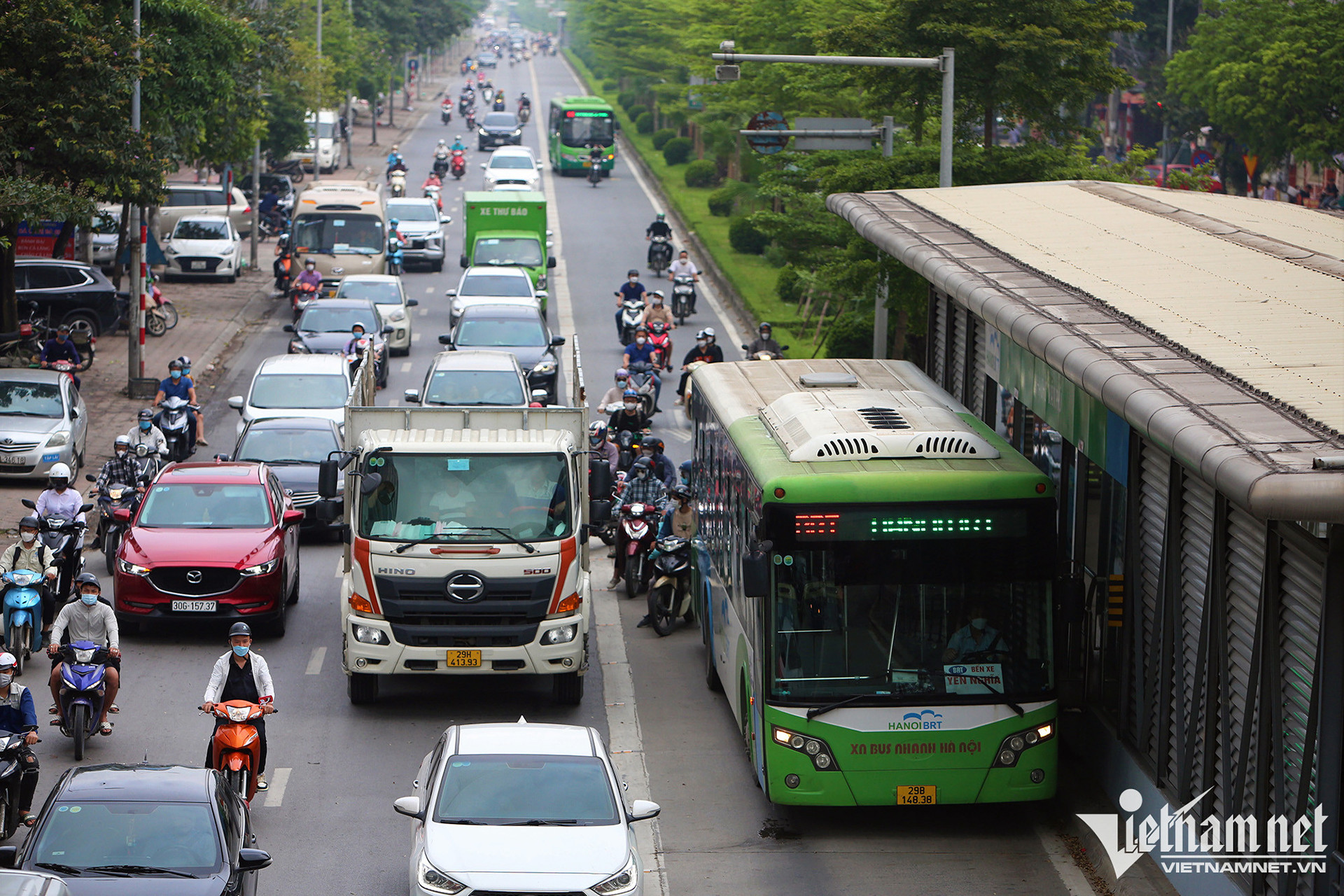
The National Assembly’s Standing Committee on April 15 had a working session with the Hanoi People’s Committee on the implementation of laws on traffic safety in 2009-2023.
Director of the Hanoi Transport Department Nguyen Phi Thuong reported that there are 156 bus routes to 30 inner and suburban districts and towns, connecting six neighboring cities and provinces.
As of 2023, the number of hot spots of traffic congestion in the capital city had fallen to 33. In 2024, the transport sector will focus on dealing with five hot spots in traffic accidents.
The members of the National Assembly’s supervision team concluded that Hanoi has effective solutions on traffic congestion prevention; traffic accidents have fallen gradually; and public awareness of complying with the law on traffic has increased.
However, the chair of the National Assembly Committee for Foreign Affairs, Don Tuan Phong, said the capital city’s traffic is under pressure because of many vehicles in circulation. Traffic congestion occurs regularly during rush hours, while transport infrastructure and available land for transport remains limited. Meanwhile, key transport projects have been going very slowly.
At the working session, the permanent member of the National Assembly’s Committee for National Defence and Security asked if Hanoi is continuing to develop the remaining eight BRT routes as initially planned amid the controversy about the effectiveness of the BRT network.
In reply, Hanoi Vice Mayor Duong Duc Tuan said the city is considering integrating transport development planning with technical infrastructure planning and making it match the capital city overall planning.
Hanoi has decided to add 24 transport routes connecting provinces and cities in the capital area.
Regarding urban railways, Tuan said the city is planning 14 urban railway routes with total length of 550 kilometers.
“The urban railway network will serve as the ‘backbone’ of urban transport,” Tuan said, adding that under the city planning adjustment, the existing BRT will be replaced by urban railways.
In the immediate time, Hanoi will focus on completing seven projects on belt roads, radial roads and regional connection routes. It is also planning a shift to green and clean means of transport, and raise the public transport ratio to 30 percent in 2025-2026.
The BRT No1 from Kim Ma to Yen Nghia opened in December 2016 with total investment capital of $55 million (VND1.1 trillion). The route has the total length of 14 kilometers, using 55 80-seat buses valued at VND5 billion each.
However, experts agree that BRT cannot meet expectations. It needs a large area of roads, and its transportation capacity is modest.
Vu Diep